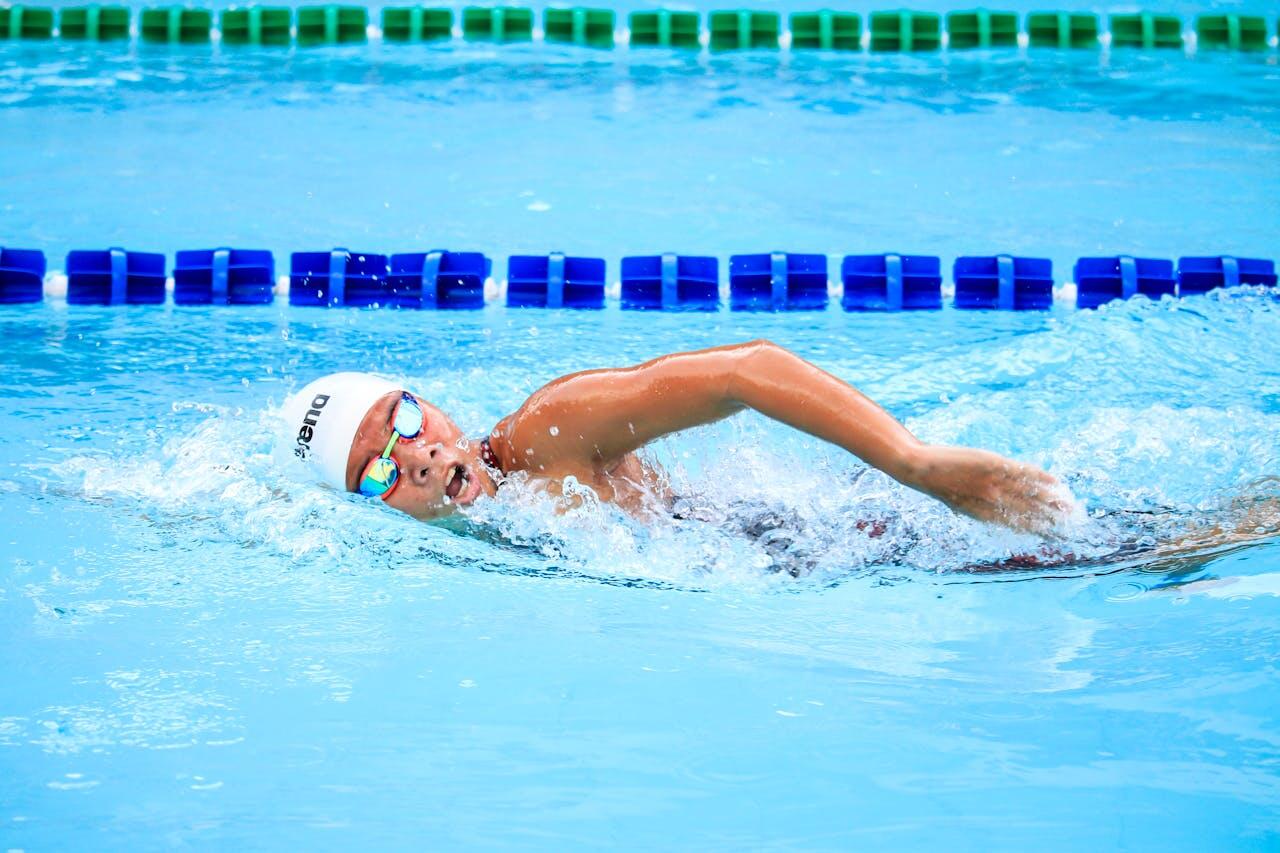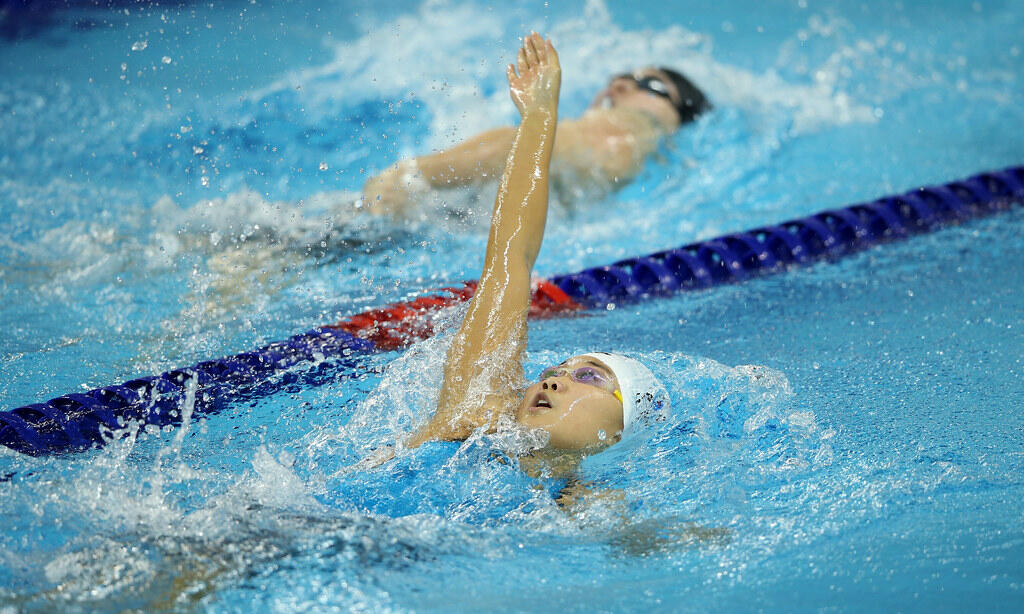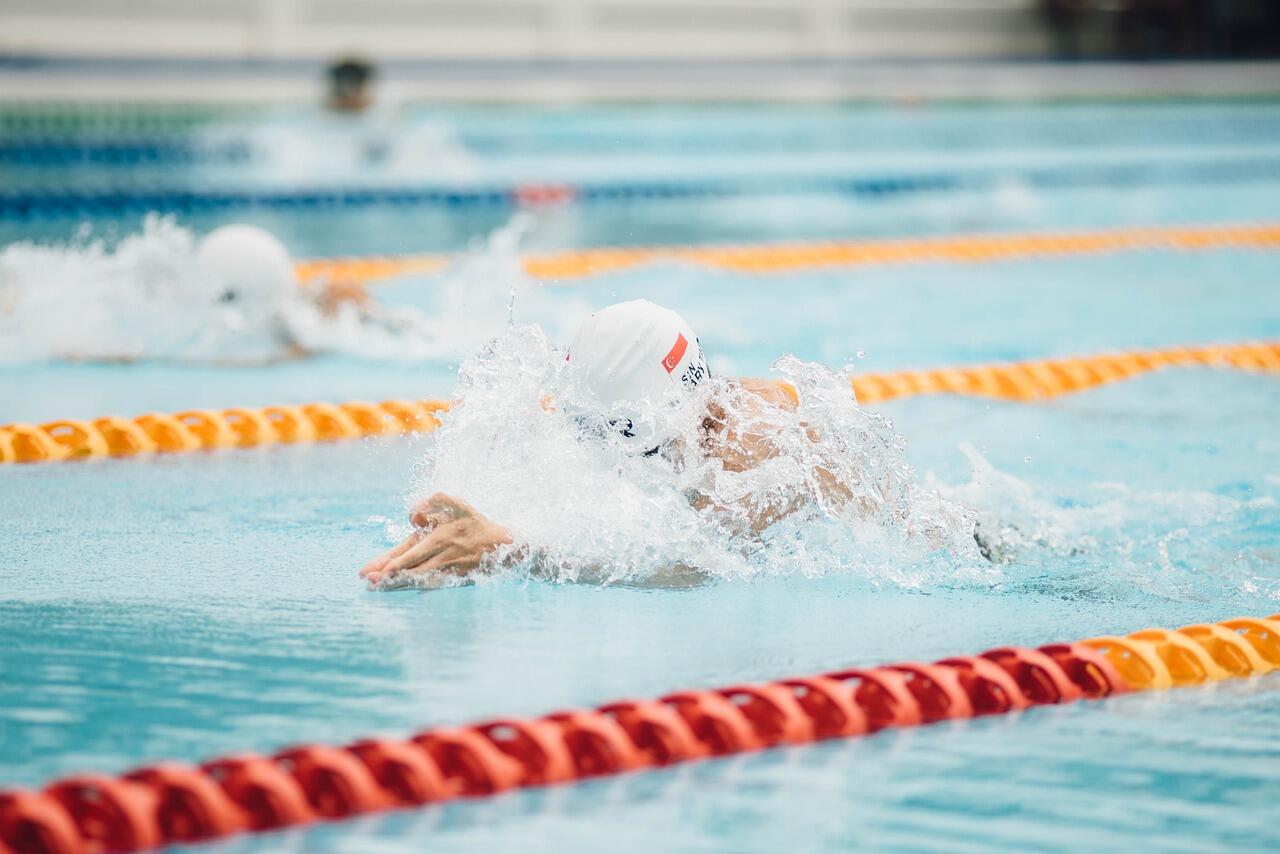Swimming is one of the most enjoyable fundamental skills you can learn, integrating physical movement with water safety. Not only is swimming a popular recreational activity, but it is also an essential survival skill and an exciting competitive sport and exercise.
When you master swimming, you will not only reap the benefits of swimming by mastering techniques that enhance efficiency and reduce fatigue, but you will also improve your overall performance in the water. It does not matter if you are just a beginner or an advanced swimmer, learning the fundamentals of swimming is essential to your success. In this article, we will be looking at the techniques of swimming in more detail.

Freestyle Technique
The freestyle technique of swimming is generally known as the front crawl. This is the most common swimming technique. On top of being a widely used swimming technique, it also has the fastest swimming strokes. In order for you to master this freestyle technique there are a few factors that you should pay attention to.
Body Position
For you to reduce drag in the water, you will need to have a streamlined body position. Simply put, your body has to be in a horizontal position with your head aligned with your spine. You must make sure not to lift your head too high as doing this will cause your legs and hips to sink. This in turn will increase the water resistance when you swim. You will need to have a proper core engagement if you want to maintain your body in a proper position. Always make a conscious effort to remain flat and balanced.
When swimming using this technique, it will be a little bit easier if you imagine your body to be in a straight line, from the tips of your fingers all the way to your toes. Any deviation from this will cause you to slow down. For you to maintain stability and balance, you should ensure that you practice to achieve a strong core.
Arm Movement
In this swimming technique, you will need to move your arms in an alternating pattern. One of your arms will extend forward with your fingertips entering the water first while the other arm pulls back through the water. You must make sure your elbows are high during the recovery to ensure that you minimise the energy loss.
One mistake that most beginners who learn the freestyle technique make is overreaching. This causes unnecessary lateral movements that can drain your energy.

Kick
The kick used in the freestyle technique is the flutter kick. It invoices rapid alternating movements of the legs. You should keep your feet straight but not stiff. The kicks should be generated from your hips and not your knees. This will help you maintain balance.
A strong and steady kick can provide additional propulsion without wasting energy. As your feet remain close, use a slight flex in the ankles to generate a whip-like motion. Do not splash excessively as it only indicates an inefficient way of kicking.
Breathing
Breathing is an important technique. For the freestyle technique, you must turn your head to the side of your arm to inhale and exhale in the water. You must practice bilateral breathing to develop a balanced stroke. When you can breathe efficiently, you will be able to swim longer and reduce your fatigue.
Try to follow a rhythm when you breathe and make sure to exhale fully when your face is underwater. This means you will only inhale when your face is up for air. This enables you to keep your face out of the water for shorter periods which in turn will ensure you are in a streamlined position.
Breaststroke Technique
Have you seen how a frog swims? This is what the breaststroke technique looks like, characterised by its frog-like movements. As one of the easiest techniques to learn, it is often the first taught to beginners. Adding to the joys of swimming, this technique is not only highly energy-efficient but also allows swimmers to maintain visibility in the water.
Body Position
In this technique, your body must be as flat as possible with your face fully submerged during the gliding phase. Keeping your body aligned ensures that you have a smooth movement when you move through the water.
This technique requires a more upright position during breathing but if you lift your head excessively, you will find your lower body dropping creating a drag. You should always keep your head in line with your spine to ensure the most optimal position while swimming the breaststroke.
Arm Movements
There are three main movements in the breaststroke. These are the outsweep, insweep and recovery. You will start with your hands extended forward and then you will sweep them outward and backward. This will be done in a circular motion. Finally, you will bring your hands together under your chest before extending them forward once again. In order to move correctly, you will need proper coordination of the arm movement.
Kick
The kick in the breaststroke is also known as the frog kick. Both legs will kick simultaneously. You will do this by bending the knee and bringing your heels towards your hips. You will then whip your legs outward and back together. The power of the kick comes from the snapping motion. If you do this properly and well-timed, it will propel you forward efficiently. One of the biggest challenges for beginners is keeping their feet flexed during the kick.
Timing
In this swimming technique, it is important to coordinate the arms, legs and breathing properly. The sequence you should be aiming for is pull, breath, kick, and glide. When you kick, make sure to glide momentarily as it maximises efficiency.
Backstroke Technique
The backstroke technique, like its name suggests is performed on the back of the swimmer. One good part about this part is the swimmer will have an easier time breathing and visibility of its surroundings. This technique is commonly used in both recreational swimming and competitive races. For you to be successful in this technique, you will need to have a strong core engagement with a consistent movement to maintain a streamlined position.
Body Position
As usual, your body must be in a flat and streamlined position to minimise drag. Make sure to keep your head back with your ears submerged with your eyes gazing upward. Your hips should be close to the surface and your body should move slightly with each stroke you take. This position will ensure a smooth movement with minimal resistance.
Arm movement
For this swimming technique, your arm movement will be alternating like a windmill motion. One arm will recover above the water while the other pulls beneath the surface. As your arm pulls, focus on catching. This is when your hand enters the water and pushes it backwards for propulsion.

Butterfly Technique
This is known as the most demanding swimming technique. This technique does not only require strength but also coordination and endurance. This swimming technique is known for its powerful yet graceful movements making it one of the top choices for competitive swimmers. The butterfly technique builds your body strength while increasing your cardiovascular endurance.
Body Position
The butterfly technique is the most challenging of all of the techniques we have mentioned here. To execute the butterfly technique effectively, you must have a streamlined body position. Keep your body as horizontal as possible to reduce resistance while swimming. You will have a slight undulating motion that will originate from your chest as well as hips. This motion will not only help you keep and maintain your momentum as you swim but also prevent drag from the water surrounding you.
Arm Movement
What is unique about the butterfly technique is both the swimmers’ arms will move simultaneously in a circular motion as they swim across. The movement will start with your arms extended forward. You will then sweep them outward and downward. Finally, you will pull both your arma back under your body and recover them above the water. This is commonly called the catch pull recovery sequence. Although this might sound simple enough, but in order to execute this sequence in a fluid and synchronised way is extremely challenging even for seasoned veterans. If you can get the correct technique executed for this swimming technique, the arm movement will generate a kind of propulsion that will help you move quickly in the water.
If you are interested in learning to swim in KL, Selangor or anywhere in Malaysia, you should head over to Superprof and find a swimming instructor. Our platform is easy to navigate. All you will need to do is type swimming and your location. Before you know it, you will be presented with a list of swimming instructors near you.
Our instructors are not just skilled, they are passionate experts who have been thoroughly vetted by our dedicated team. With us, you can be confident that you’ll find the best possible options on the market! One of the greatest advantages of choosing an instructor from our platform is that they will guide you in mastering the correct techniques for swimming, ensuring you progress smoothly. If you're working with a budget, no need to stress! We offer a diverse pool of instructors with various fee structures, so you’re bound to discover the perfect fit for your needs.















